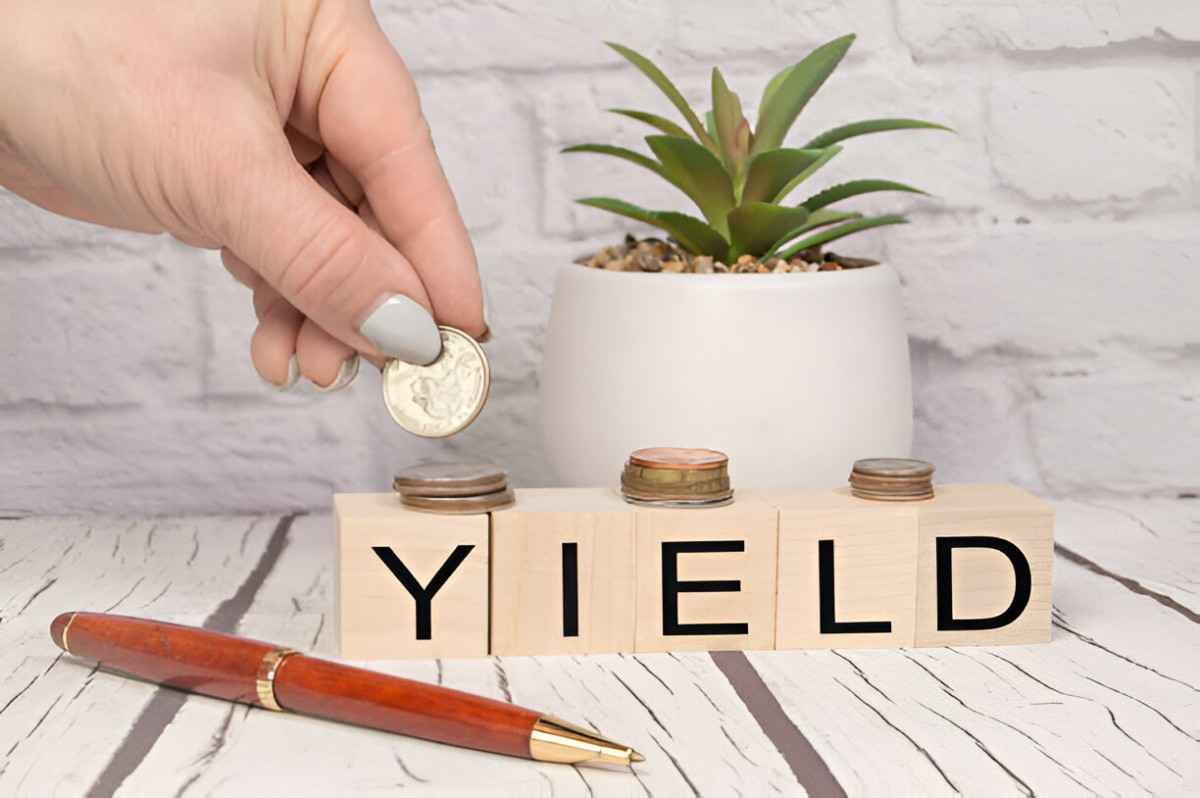When I started looking for passive income from my investments, I realized most people obsess over stock growth. But me? I wanted income I could count on—especially in times when markets are flat or falling. That’s where high-yield mutual funds come in.
These funds focus on income—either through dividends, interest, or both. Some invest in bonds, others in dividend-paying stocks, and a few go for a mix. I like them for retirement, side income, or just balancing out a growth-heavy portfolio.
Table of Contents
What Is a Yield Mutual Fund?
A yield mutual fund is designed to pay out regular income to investors. That income might come from:
- Interest on bonds
- Dividends from stocks
- Distributions from real estate or other income-generating assets
The key metric I look at is the SEC Yield, which estimates what a fund might pay over the next 12 months, assuming current distributions stay the same.
For example, if a fund has an SEC yield of 5%, that means for every $10,000 invested, I might expect about $500 a year in income.
12 Mutual Funds With Strong Yields
Here are 12 income-focused mutual funds with yields over 4% (some much higher), low-to-moderate risk, and long-term viability.
| Fund Name | Ticker | Type | SEC Yield (2024) | Expense Ratio | My Notes |
|---|---|---|---|---|---|
| Vanguard High-Yield Corporate Fund | VWEHX | Corporate Bonds | 7.0% | 0.23% | Low fee, great for junk bond exposure |
| Fidelity Strategic Income Fund | FADMX | Multi-Sector Bonds | 5.9% | 0.65% | Mix of bonds with global reach |
| PIMCO Income Fund | PONAX | Global Bonds | 6.1% | 0.85% | Heavy-duty income machine |
| Vanguard Dividend Growth Fund | VDIGX | Dividend Stocks | 2.0% | 0.27% | Solid long-term dividend growth |
| T. Rowe Price Dividend Growth | PRDGX | Dividend Stocks | 1.8% | 0.63% | Lower yield, but strong companies |
| American Funds Capital Income Builder | CAIBX | Equity-Income | 3.8% | 0.57% | Globally diversified dividend payer |
| Franklin Income Fund | FKINX | Balanced/Income | 6.2% | 0.61% | Stock + bond mix with monthly payouts |
| Invesco High Yield Fund | AMHYX | Junk Bonds | 7.4% | 0.85% | Higher risk, but strong yield |
| BlackRock High Yield Bond Portfolio | BHYAX | Corporate Bonds | 6.8% | 0.86% | Focuses on lower-rated issuers |
| Fidelity Capital & Income | FAGIX | High Yield Blend | 6.0% | 0.69% | Mix of stocks and junk bonds |
| Schwab Dividend Equity Fund | SWDSX | Dividend Stocks | 3.4% | 0.05% | Extremely low cost |
| Vanguard Wellesley Income | VWINX | Conservative Balanced | 3.5% | 0.23% | Classic retirement income choice |
Yields shown are approximations and will change with interest rates, market conditions, and fund distributions.
How I Use Yield Funds
Yield mutual funds aren’t flashy. They won’t double in a year. But they give me steady cash flow—which I reinvest or use depending on what I need at the time.
Here’s how I’ve structured my own income-focused bucket:
- 40% in bond income funds (VWEHX, PONAX, FKINX)
- 30% in dividend stock funds (VDIGX, PRDGX, SWDSX)
- 30% in balanced funds (VWINX, CAIBX)
This mix spreads my income sources across bonds, stocks, and hybrids. That way, if rates fall and bonds underperform, my dividends help make up for it—and vice versa.
Example: Monthly Income on $100,000 Investment
Let’s say I put $100,000 into a yield fund with a 6% yield.
Annual income = 100000 \times 0.06 = 6000
That’s $6,000 a year, or about $500 a month, potentially without touching my principal.
Important Notes on Yield Funds
These are a few things I always keep in mind:
1. High Yield = Higher Risk
If a fund is paying 7–8%, it’s probably taking on riskier bonds or stocks. That’s fine—as long as I know what I’m getting into.
2. Dividend Cuts Can Happen
Even safe companies can cut dividends in recessions. I diversify to reduce that risk.
3. Bond Funds Lose Value When Rates Rise
Bond prices fall when rates go up. That can hurt total returns even if income looks good.
4. Watch for Hidden Fees
High-yield funds sometimes charge more. I check expense ratios and stay below 1% where possible.
Final Thoughts
If you want passive income from your investments, these 12 yield mutual funds are a great place to start. They won’t make you rich overnight, but they offer something just as powerful: reliable cash flow.
I use them for retirement planning, dividend reinvestment, and sometimes just to offset volatility from my growth funds. The key is understanding your income goals, risk tolerance, and how long you plan to hold.





